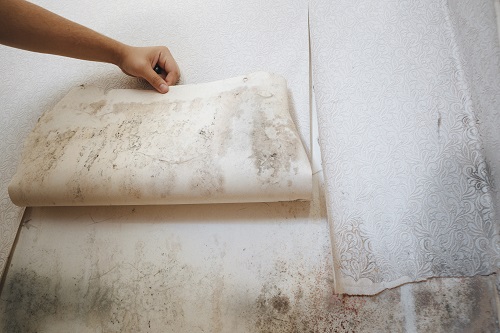

 Mold is a tricky subject for most people to understand. There are not too many people who can call themselves experts on mold, or know what type of mold is safe for you and what type can be potentially harmful.
Mold is a tricky subject for most people to understand. There are not too many people who can call themselves experts on mold, or know what type of mold is safe for you and what type can be potentially harmful.
This is how most people feel about dealing with mold in their own home. They do not know how serious of a problem it is, or how they should go about removing any items that have mold developing on them. Some mold infestations are easy to deal with, while others can be a challenge even for professionals.
One of the tricky places that a homeowner can find mold in their residence is if they notice mold in walls. Tampa residents might be under the impression that this mold is not too much of a big deal, as it is out of sight and out of mind, but finding mold inside the walls of any building can be a big problem.
Why Mold can be a Problem inside a Wall
If there is any piece of information that someone should know about mold, it is the simple fact that mold tends to grow in moist areas, usually ones that do not get too warm or relieve direct sunlight.
When it comes to mold in walls, Tampa residents should quickly think about how moisture might be trapped in the walls of a home or building, which is a problem that should be very concerning to most.
Most walls are made with wood in some fashion, which does not hold up well to moisture, causing the material to degrade overtime and become weak and brittle. This can end up affecting the structural integrity of the structure and can put anyone in the building in danger if there was ever a larger problem to occur.
Health Issues of Mold in a Home
Most people are under the impression that mold is only toxic to people if they were to ingest it, such as it got on their food or in their water, and while this is true, this is not the only problem that can happen with mold in walls. Tampa residents should know that many people end up having respiratory issues when they live in a home that has a large mold infestation.
Breathing in the mold spores can have a similar effect on someone as if they were to ingest large amounts of mold spores. These types of issues tend to look more like sensational allergies in many ways.
Many people who have been in a home with mold will have watery and itchy eyes, often times accompanied by a cough or wheezing.
*Disclaimer: The views expressed here are those of the authors and do not necessarily represent or reflect the views of *Mr Dry Out*




